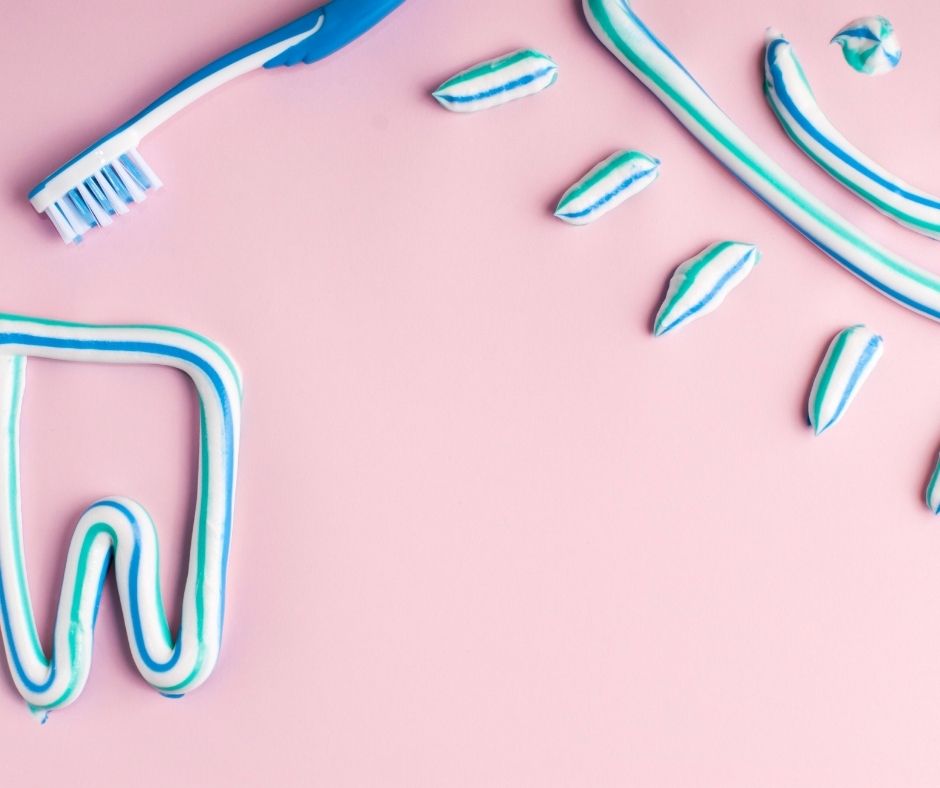Teeth Cleaning: What to Expect

Professional teeth cleaning at a dental office is an important way of maintaining your oral health.
Usually done by a dental hygienist, a teeth cleaning session helps remove plaque from your teeth in order to prevent gum disease and cavities. At your checkup, your dentist will also be able to spot any signs of tooth decay and other oral health conditions.
The Centers for Disease Control and Prevention (CDC) recommends that you visit your dentist at least once a year for a dental checkup and professional cleaning with a dental hygienist.2 The American Dental Association (ADA) also recommends that you get your teeth professionally cleaned once or twice a year.3
Here’s what to expect at your next teeth cleaning appointment, including the examination, plaque removal, professional brushing and flossing, and fluoride treatment.
Exam
At your dental office, you’ll lie back in a comfortable chair to have your teeth examined and cleaned.
Before cleaning your teeth, your dental hygienist will start by examining your gums, teeth, and mouth with a small mirror.3 If they notice any symptoms of underlying oral health problems, they might let your dentist know whether they should proceed with your cleaning session.
At the end of your cleaning, your dentist will typically be called in to examine your teeth and gums, looking for signs of current or potential oral problems. Your dentist may also give you tips on how to brush and floss more effectively at home, which is key to maintaining your oral health.
Plaque and Tartar Removal
Gum disease and tooth decay are caused by dental plaque buildup. Plaque contains bacteria that break down your tooth enamel over time. If left untreated, plaque can harden into tartar and lead to cavities, gingivitis (gum disease), or chronic periodontitis (advanced gum disease).
The purpose of professional teeth cleaning is to remove plaque and tartar. Once plaque hardens into tartar, it can’t be removed by a conventional toothbrush at home. Your dental hygienist will use a scraping tool, ultrasonic scaler, and electric brush to remove these deposits from between your teeth and along your gums. If you already have signs of gum disease, your dental hygienist may need to perform deep cleaning with metal tools or ultrasonic instruments in order to remove plaque buildup from below the gumline.